"Significant Objects: The Spell of Still Life" @ the Norton Simon Museum
Jan Brueghel the Younger, An Arrangement of Flowers, c. 1620. Oil on panel, 21-15/16 x 16-7/8 in. The Norton Simon Foundation.
PASADENA, CA.- The Norton Simon Museum presents “Significant Objects: The Spell of Still Life,” an exhibition that examines the diversity and splendor of this genre that has attracted artists since antiquity. Drawing on the spectacular resources of the Norton Simon collections, as well as a few select loans, the exhibition features approximately 70 artworks, including paintings, sculpture, collage, assemblage, prints and photographs, spanning five centuries. Among these are stellar examples by the genre’s greatest practitioners, including Jan Brueghel, Rembrandt van Rijn, Francisco de Zurbarán, Paul Cézanne, Jean-Baptiste Siméon Chardin, Gustave Courbet, Henri Fantin-Latour, Vincent van Gogh, Pablo Picasso, Richard Diebenkorn, Imogen Cunningham, Edward Weston and George Herms.
The classical definition of a still life—a work of art depicting inanimate, typically commonplace objects that are either natural (food, flowers or game) or man-made (glasses, books, vases and other collectibles)—conveys little about the rich associations inherent to this genre. In the academic tradition of Western art, still life occupied the lowest position in the hierarchy of the arts, which recognized history painting, portraiture and landscape painting as superior. It was disparaged critically and theoretically as mere copying that lacked artistic imagination and placed no intellectual demands on the viewer. “Significant Objects: The Spell of Still Life” suggests that nothing could be further from the truth. Indeed, the exhibition explores the wealth of aesthetic and conceptual artistic strategies that challenge the shortsighted view of still life as simply an art of imitation. It also underscores why the still life continues to be an important vehicle of expression.
“Significant Objects: The Spell of Still Life” examines the genre from four perspectives. The first section, Depiction & Desire, looks at the still life as a barometer of wonder and of the impulse to collect and display. Exacting portrayals of individual flowers or cubist abstractions that seize on the sensual elements of color, texture and weight are illustrative of the passion to capture, document and celebrate material pleasures and possessions through the counterfeit of the visual image. Virtuosity considers the exercise of skill and the mastery of technique as a means to create illusion and objects of imaginative, complex beauty. Still lifes rendered in oil, pastel, wood and various printing processes invite scrutiny as to how artists make the difficult look easy and where the boundaries lie between technical expertise and artistry. Decoding the Still Life approaches these arrangements as coded with meaning and allegory. From the popular and moralizing symbols embedded in 17th-century fruit and flower paintings to the political and personal meanings insinuated by 19th- and 20th-century artists, these implied secrets bring a mysterious resonance to the compositions and underscore their capacity to communicate intellectual insights. Finally, Still Life off the Table takes a liberal view of the genre, looking at radical variations that can be considered still-life related. Abstractions, assemblage and the deconstruction of the tabletop arrangement show how the genre stretches beyond the conventions of its historically conservative nature and is malleable enough to remain a vital instrument for provocative, contemporary innovations.
Francisco de Zurbarán (Spanish, 1598–1664), Still Life with Lemons, Oranges and a Rose, 1633. Oil on canvas, 24-1/2 x 43-1/8 in. (62.2 x 109.5 cm). The Norton Simon Foundation. F.1972.06.P
Isaak Soreau (German, 1604–after 1638), Still Life with Fruits and Flowers, c. 1638. Oil on panel, 28-3/4 x 40-1/4 in. (73.0 x 102.2 cm). Norton Simon Art Foundation. M.1979.39.P
Jacques Linard (French, 1600–1645), Still Life: The Five Senses with Flowers, 1639. Oil on canvas, 21-1/2 x 26-3/4 in. (54.6 x 68 cm). Norton Simon Art Foundation, from the Estate of Jennifer Jones Simon. M.2010.1.192.
Gustave Courbet (French, 1819–1877), Apples, Pears, and Primroses on a Table, 1871–1872. Oil on canvas, 23-1/2 x 28-3/4 in. (59.7 x 73 cm). Norton Simon Art Foundation. M.1999.2.1.P
Jan Davidzoon de Heem (Dutch, 1606–1683/84), Vase of Flowers, 1654. Oil on canvas, 26-1/2 x 21-3/4 in. (67.3 x 55.2 cm). The Norton Simon Foundation. F.1973.06.P
Paul Cézanne (French, 1839–1906), Tulips in a Vase, 1888–1890. Oil on paper, mounted on board, 28-1/2 x 16-1/2 in. (72.4 x 41.9 cm). Norton Simon Art Foundation, Gift of Mr. Norton Simon. M.1976.12.P
Imogen Cunningham (American, 1883–1976), Magnolia Blossom, 1925 (printed 1971). Gelatin silver print. Image: 8-3/4 x 11 in. (22.2 x 27.9 cm). Norton Simon Museum, Gift of the Artist to the Blue Four Galka Scheyer Collection. PH.1971.140 © 2012 Imogen Cunningham Trust
Pablo Picasso (Spanish, 1881–1973), The Black Pitcher and the Death’s Head, 1946. Lithograph, 12-3/4 x 17-1/2 in. (32.4 x 44.5 cm). Norton Simon Art Foundation, Gift of Jennifer Jones Simon. M.2007.1.3.G © 2012 Estate of Pablo Picasso / Artists Rights Society (ARS), New York
Édouard Manet (French, 1832–1883), Still Life with Fish and Shrimp, 1864. Oil on canvas, 17-5/8 x 28-3/4 in. (44.8 x 73 cm). Norton Simon Art Foundation. M.1978.25.P
Edward Weston (American, 1886–1958), Juguetes Mexicanos (Mexican Toys), 1925. Gelatin silver print, ed 14/50; 7-1/2 x 9-9/16 in. (19.1 x 24.3 cm). Norton Simon Museum, Gift of Mr. Shirley C. Burden, in memory of Flobelle Fairbanks Burden. PH.1970.125 © 1981 Center for Creative Photography, Arizona Board of Regents
Jean-Baptiste Siméon Chardin (French, 1699–1779), Dog and Game, 1730. Oil on canvas, 75-3/4 x 54-3/4 in. (192.4 x 139.1 cm). The Norton Simon Foundation. F.1972.56.P

/https%3A%2F%2Fprofilepics.canalblog.com%2Fprofilepics%2F1%2F0%2F100183.jpg)
/https%3A%2F%2Fstorage.canalblog.com%2F03%2F02%2F119589%2F96711876_o.jpg)
/https%3A%2F%2Fstorage.canalblog.com%2F11%2F31%2F119589%2F94773502_o.jpg)
/https%3A%2F%2Fstorage.canalblog.com%2F20%2F83%2F119589%2F94772815_o.jpg)
/https%3A%2F%2Fstorage.canalblog.com%2F26%2F72%2F119589%2F75604929_o.jpg)
/https%3A%2F%2Fstorage.canalblog.com%2F59%2F60%2F119589%2F26458628_o.jpg)

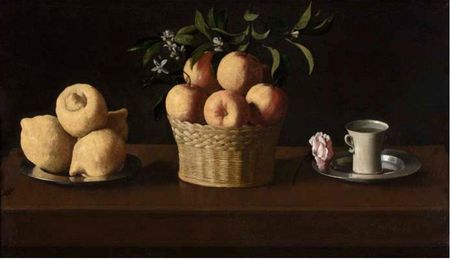
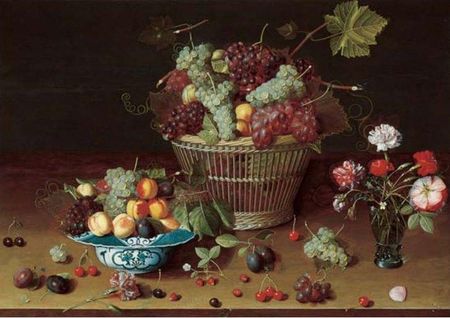
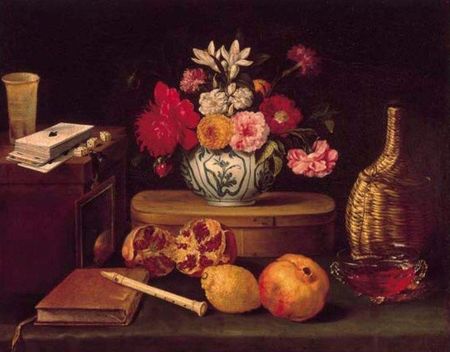
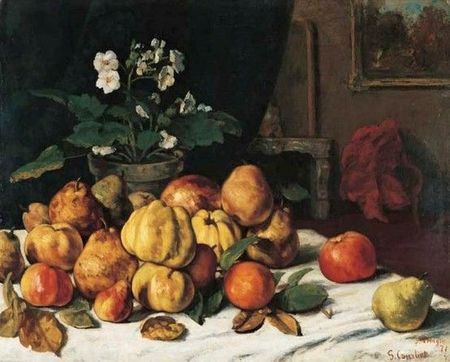

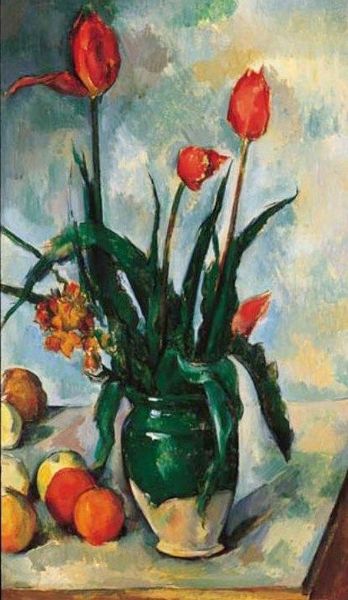
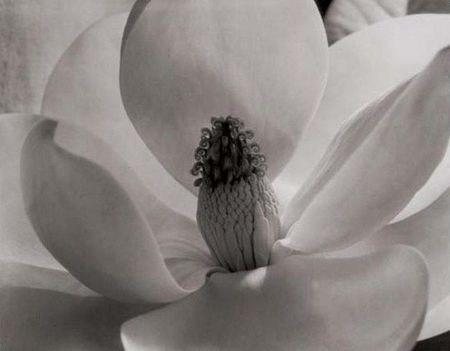
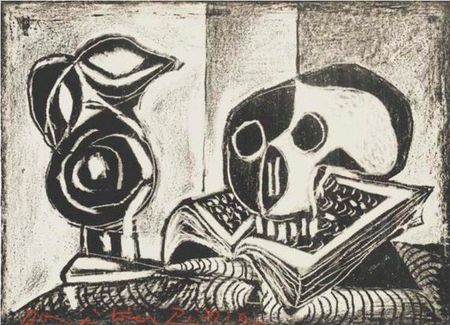
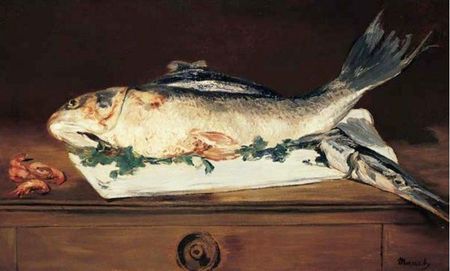
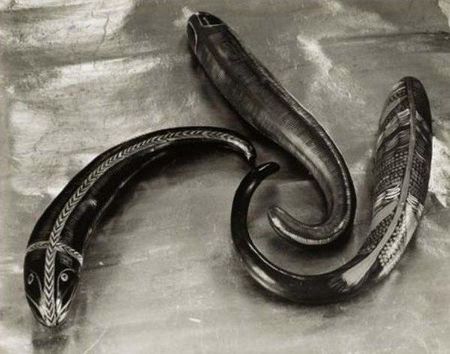



/http%3A%2F%2Fstorage.canalblog.com%2F25%2F77%2F119589%2F129711337_o.jpg)
/http%3A%2F%2Fstorage.canalblog.com%2F60%2F34%2F119589%2F128961949_o.png)
/http%3A%2F%2Fstorage.canalblog.com%2F84%2F21%2F119589%2F128701730_o.jpg)
/http%3A%2F%2Fstorage.canalblog.com%2F96%2F14%2F119589%2F128351398_o.jpg)